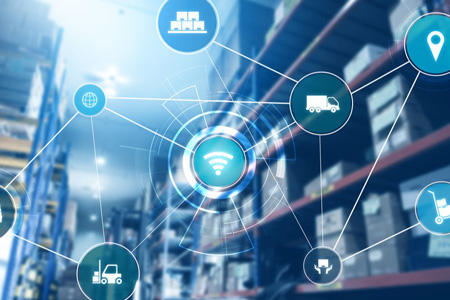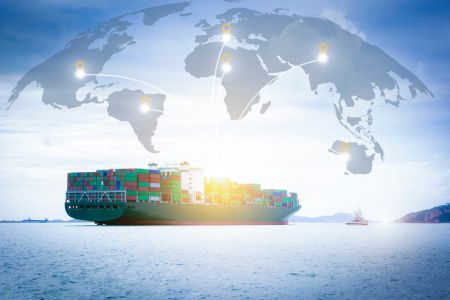
AI Adoption in Supply Chain Planning

AI Adoption in Supply Chain Planning
Recently, I had the pleasure of joining a panel of analytics and supply chain experts on the Clubhouse social media platform for a discussion on artificial intelligence (AI) adoption in supply chain planning. The panel included Jay Koganti—Vice President of Supply Chain COE at Estée Lauder, Mike Hulbert—VP of Consumer Business at noodle.ai, and Sivakumar Lakshmanan—COO of Antuit.ai.
Saturday’s discussion is the first in this series aimed at spurring faster innovation and adoption of AI in solving traditional supply chain problems, such as:
- How can we improve planning effectiveness?
- How do we reduce waste from supply chains?
These questions are compelling many to look for breakthrough innovations. The panel’s broad themes will focus on clarifying the misconceptions about AI usage in supply chain planning, as well as challenges, opportunities, and the road ahead.
Let’s highlight some key takeaways from this discussion.
You may also like





